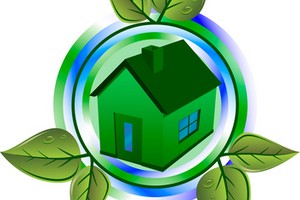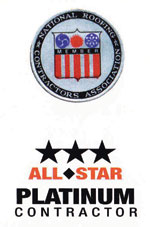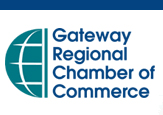Green Roof Success
 Green roof success for your commercial building depends on several factors including: your specific goals for the roof, architectural factors, location, and maintenance.
Green roof success for your commercial building depends on several factors including: your specific goals for the roof, architectural factors, location, and maintenance.
A green roof, or garden roof, is a supplemental system that covers a flat roof with a layer of vegetation. Architects and roofers involved in green building know the proven benefits: retaining storm water, reducing the urban heat island effect, and improving buildings’ thermal performance. Consider the following to determine if a green roof is right for you.
Your Green Roof Goal: It is important to determine your primary goal in investing in a garden roof system. Is it intended to deliver environmental, cost-saving benefits? Is it expected to serve as a decorative landscape element? Is it for urban farming? To set the direction for any project, first define the purpose of the green roof and establish priorities for specific goals.
Architectural Factors: You should have your roof thoroughly inspected by a qualified roofer. Roof structural load capacity is the most basic issue; you need to be sure your roof is structurally sound and can support the weight of soil. Extensive green roofs range from 3 to 6 inches deep with saturated weight loads of up to 10 pounds per square foot. Additionally the roof slope will be a significant factor in the design of a garden roof. The roof must also be accessible for maintenance.
Location: Regional climate determines what type of green roof and plants you can have.
Maintenance Expectations: Following proper installation, every green roof needs a maintenance plan for initial establishment and successful long-term performance. Low-profile, lightweight extensive green roofs require minimal maintenance. A large or complicated variety of plants and flowers would necessitate extra care.
Do your homework. Tap the experience of your peers and colleagues. Seek out knowledgeable experts. And, look for systems with credible third-party certifications (for example, for sustainability and wind uplift resistance).





























